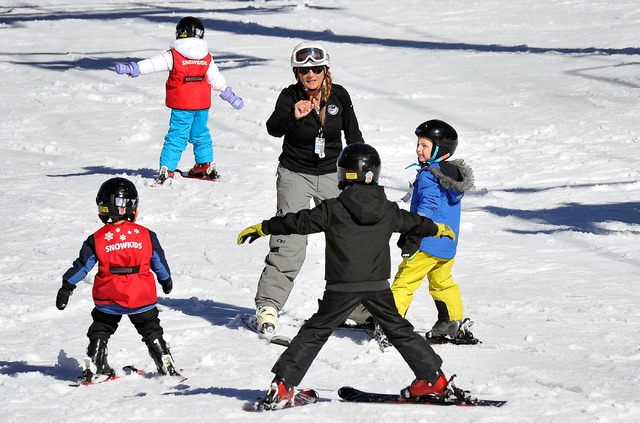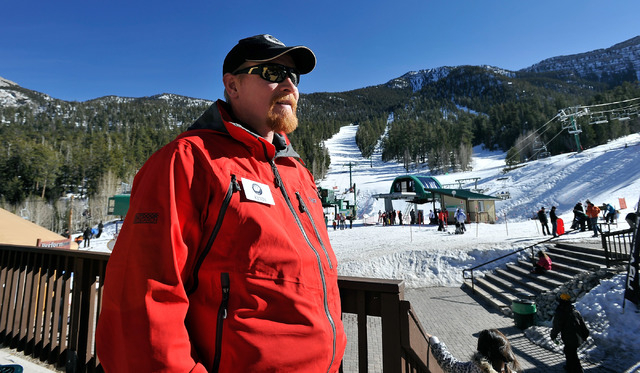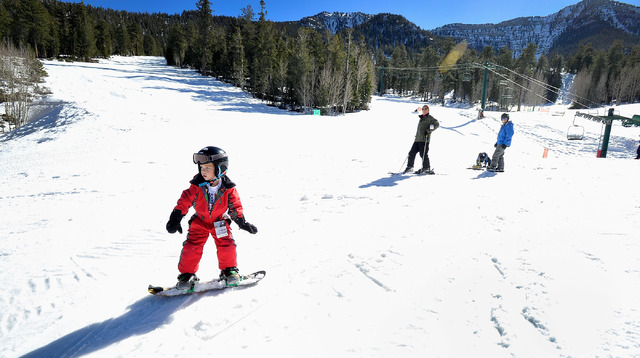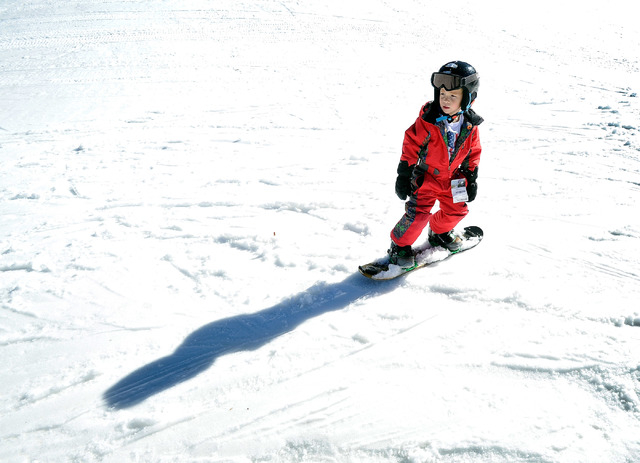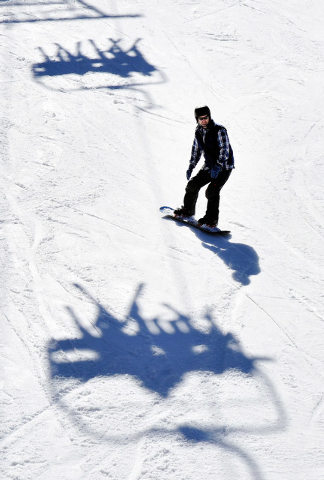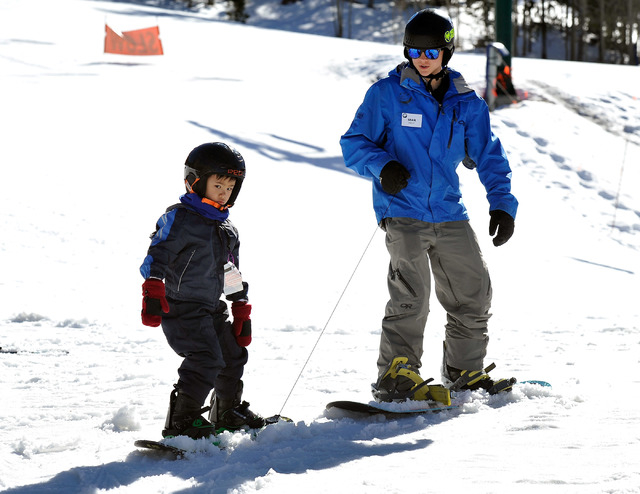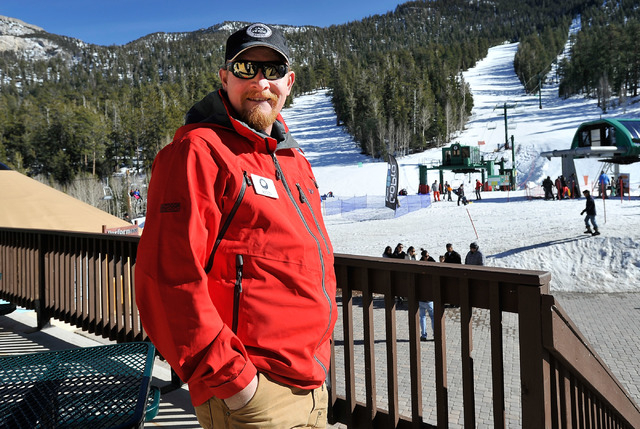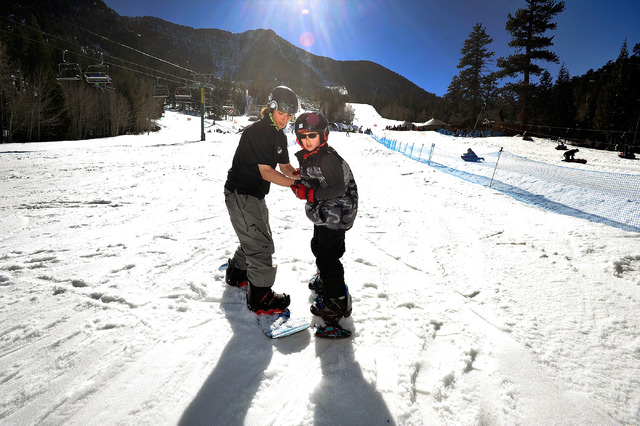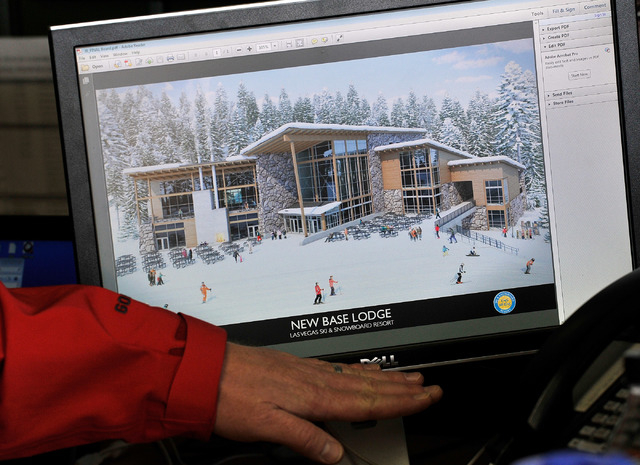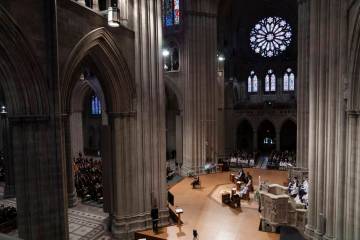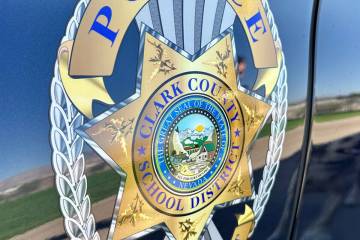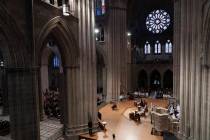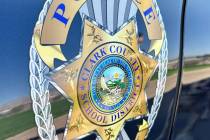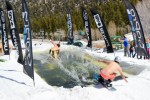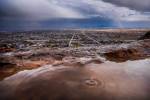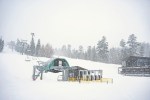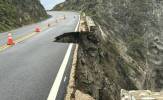Free coaching helps Las Vegas Ski and Snowboard Resort thrive
While Southern Nevadans have loved basking in the warm temperatures of an early spring, there are winter sports enthusiasts who aren’t nearly as enamored.
They’re skiers and snowboarders. And for the second straight year, they’ve seen their seasons cut short by a snow drought that has hit California and Oregon particularly hard.
Across much of the West, snowfall this season has been 33 percent of a normal year, and in mid-February, the heart of the ski season, the California resorts of Dodge Ridge and Badger Pass and the Donner Ski Ranch cross-country facility near Lake Tahoe already have closed for lack of snow.
It would be easy to conclude that Southern Nevada’s ski resort with a name screaming “desert” would be hurting as much or more than its alpine cousins.
But the Las Vegas Ski and Snowboard Resort is flourishing, thanks to an unorthodox strategy to turn once-or-twice-a-year skiers into season-ticket holders. The resort is ahead of last year’s revenue totals despite having to close its tubing hill this week because of warm weather.
Kevin Stickelman, president and general manager of the 385-acre resort 35 miles northwest of Las Vegas in Lee Canyon near Mount Charleston, met with his staff in the summer 2013 to strategize how to increase visits. What they concluded and decided to try defies the traditional resort model for profit centers but has been successful enough that other resorts are considering trying it.
Instead of pushing hard for new skiers to take $50 lessons, the resort offers complimentary coaching. The company hasn’t abandoned lessons, and instructors still give them. It’s just that now the instructor staff will offer tips and advice to anyone who wants it. Visitors can consult a coach as often as they want.
“We’ve relied on the baby boomer generation to support us over the years,” Stickelman said. “With complimentary coaching, we’re growing the next generation of customers.”
Stickelman believes that most beginners don’t have as much fun the first time out because they don’t know basic skills and tend to fall frequently.
But a new skier who gets what, in essence, is a free lesson tends to stay upright more often and have more fun.
Stickelman ran the revenue numbers last year and for the first part of this season and determined that new-to-the-sport skiers are more likely to make return visits and possibly buy a season pass that would give them the most bang for their buck if they learned basic skills from the staff.
Now, the instruction staff of 65 works more like resort ambassadors, greeting people when they arrive, showing them where to get rental gear and lift tickets, establishing a name-recognition relationship and communicating with them on the slopes. Next season, he expects to hire 100.
The resort already has put a number of transactions online to minimize a guest’s time in line. Customers can get most of their paperwork and transactions done from a computer and can expedite their way to the lift lines.
And even the lift lines are shorter.
Last year, the resort changed out its second double chairlift with a quad lift, effectively doubling capacity.
Stickelman said the resort’s February revenue is trending 21 percent ahead of February 2014. For the season, it’s up 15 percent from last year despite the resort opening three weeks later than it did a year ago.
He didn’t give revenue totals but said cash in includes lift tickets, rentals and concessions.
On a good day, about 1,000 skiers are on the slopes. The capacity of around 1,500 skiers is often met during Christmas holidays and school breaks. Spectators who don’t ski but like to watch friends and family bump the visitation up to around 3,000 people, many of whom enjoy the mountain air and meals and drinks at the onsite Big Horn Cafe and the Bristlecone Bar.
Complimentary coaching isn’t all that is behind the resort’s success.
It also benefits through renewable energy. The resort installed a pair of 15-kilowatt solar energy systems on two buildings and a battery system that enables the development to operate 36 hours without sunlight. Last year, the system saved 30,000 gallons of diesel fuel that would have been used to generate power for the off-the-grid resort.
The company, a division of Park City, Utah-based Powdr Resorts, a collection of eight ski areas that include properties in California, Colorado, Utah and Vermont, invested in a top-of-the-line snow-making system that establishes the snow base early in the season and keeps the slopes skiable into spring. Typically, the resort closes at the end of March.
There’s an onsite reservoir to make snow that refills itself with snowmelt.
Stickelman said if all goes as planned, the resort, capacity and revenue will grow even more in the next few years.
The resort, operated under a permit from the U.S. Forest Service, is in the midst of environmental assessments for an expansion plan that would nearly double skiable acreage, increase capacity to about 4,000 a day, add a new 45,000-square-foot three-level lodge and add new lifts serving slopes for beginners, intermediates and experts.
The expansion also will broaden the resort’s summer offerings. In the summer, with the base of the resort at more than 8,500 feet, the area is at least 15 degrees cooler than Las Vegas. The resort has staged concerts and has a disc golf course among the trees.
In the future, it the company plans to develop a system of mountain biking trails and a mountain coaster using terrain for banked tracks — an upgrade from alpine slides common at other ski resorts.



